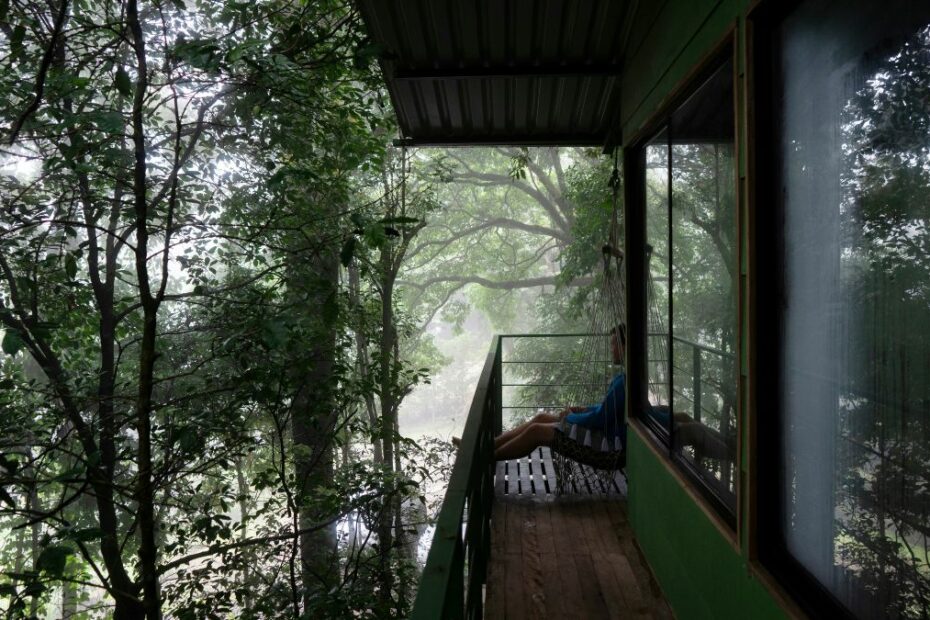A Costa Rican hotelier speaks out on the challenges posed by unregulated short-term rentals.
The rapid growth of short-term rentals in Costa Rica, facilitated by platforms like Airbnb, is causing significant concern within the country’s traditional hospitality sector. As tourism continues to be a crucial economic driver for Costa Rica, the rise of these alternative accommodations is reshaping the landscape in ways that many hoteliers find troubling.
A prominent Costa Rican hotelier, speaking on condition of anonymity, has shed light on the challenges faced by established accommodation providers in the wake of this digital disruption. “It’s a complex issue that affects different regions in various ways,” the hotelier explained in a recent interview.
The impact of short-term rentals varies across the country. In cities like San Jose, hotel rates have been depressed as these rentals, operating with lower overheads, undercut traditional pricing structures. However, the situation in popular tourist destinations presents a more nuanced picture. In Arenal, famous for its volcano and hot springs, luxury hotels have managed to maintain their edge, while mid-range properties feel the squeeze from rentals. Beach communities like Nosara, Santa Teresa, and Tamarindo offer yet another perspective, where high-end villas compete with hotels, albeit with more limited services.
Regulatory Disparities
At the heart of the issue lies a significant regulatory disparity. “Short-term rentals compete in the informal world,” said the hotelier, pointing out several advantages these properties enjoy. Unlike hotels, many short-term rental operators avoid paying Value Added Tax (IVA) and corporate taxes. They can hire staff under “professional services” arrangements, sidestepping the need to provide benefits or social security payments. They often operate without municipal permits, face minimal environmental controls, and benefit from lower residential utility rates rather than the higher industrial rates paid by hotels.
This regulatory vacuum has not gone unnoticed by the hotel industry. There is a growing call for government intervention to level the playing field. However, the hotelier expressed frustration at the lack of political will to address these issues. “There is no supervision from any of the institutions,” he said, listing off a range of government bodies from social security and the labor department to local municipalities, all of which seem to turn a blind eye to short-term rentals.
Community Impact
The implications of this situation extend beyond the balance sheets of hotel owners. Costa Rican communities are feeling the impact as the short-term rental market reshapes local housing dynamics. Long-term rental options for residents are decreasing, while prices skyrocket. The hotelier provided a stark example: “A two-bedroom house rented short-term at $150 per day for just twenty days a month can generate $3,000. This is driving long-term rental rates up to $2,500 for similar properties, which is simply unaffordable for most locals in the community.”
This housing crunch affects hotel staff, many of whom find it increasingly difficult to afford living near their workplaces. As a result, many employees have to commute from further away, adding to their expenses and reducing their quality of life. The situation creates a paradoxical scenario where the very workers who support the tourism industry struggle to live in the communities they serve.
Adapting to Change and Looking Ahead
Despite these challenges, the hotel industry’s response has been measured. When asked about specific strategies to compete with or adapt to the growing short-term rental market, our source admitted that their establishment had not yet implemented any particular measures. This hesitation perhaps speaks to the complexity of the issue and the difficulty in competing with a model that operates under such different rules.
As Costa Rica continues to be a sought-after destination for travelers, the question of how to balance the interests of the traditional hospitality industry, the growing short-term rental market, and local communities becomes increasingly pressing. The outcome of this struggle between established tourism infrastructure and the new sharing economy model could reshape Costa Rica’s tourism landscape for years to come.
The challenge now lies in developing strategies that can harness the economic benefits of tourism while preserving the unique character that makes Costa Rica a beloved destination. Potential solutions could include stricter enforcement of existing laws, registration and licensing requirements for short-term rentals, and measures to ensure that the benefits of tourism are shared more equitably among all stakeholders.
How Costa Rica navigates these challenges may well set a precedent for other countries facing similar issues. The coming months and years will be crucial in determining whether Costa Rica can maintain its delicate balance between tourism growth and community well-being, preserving the “pura vida” lifestyle that has made it such a popular destination.



